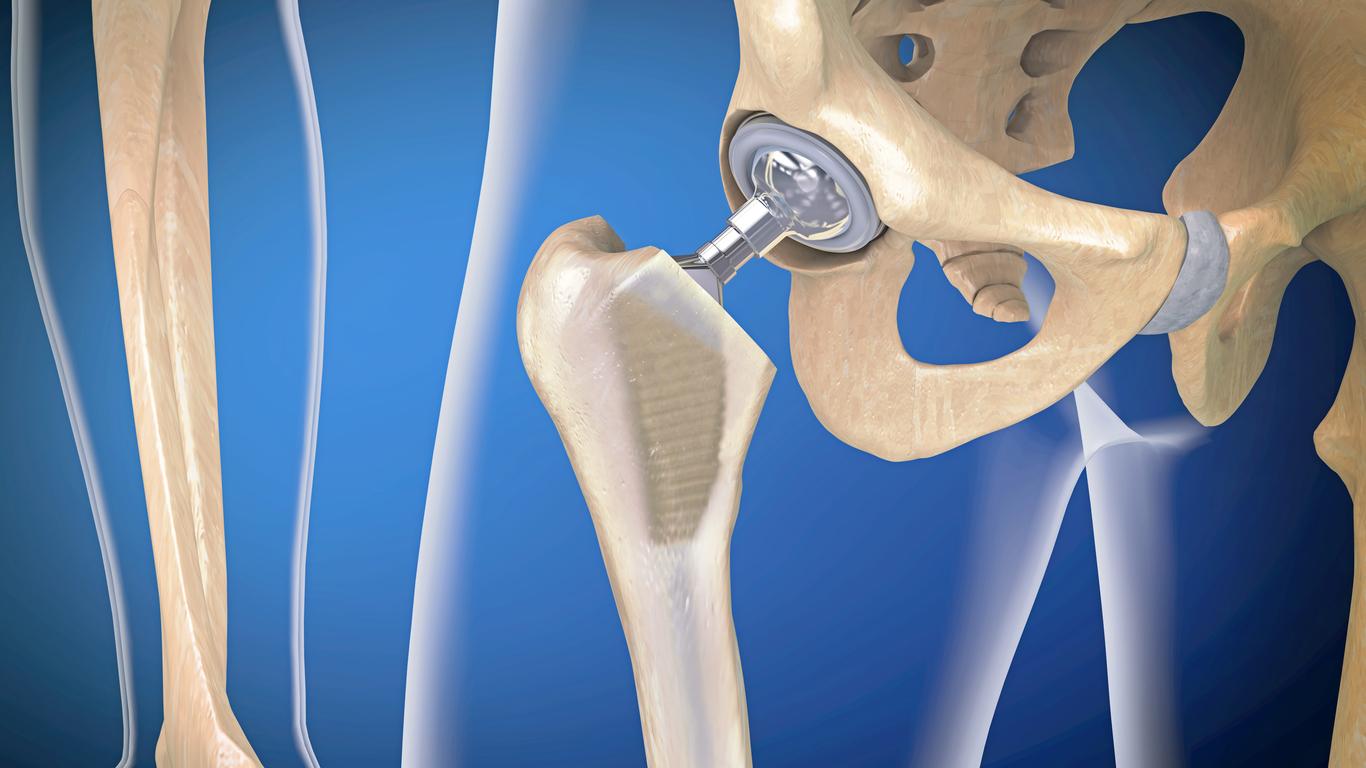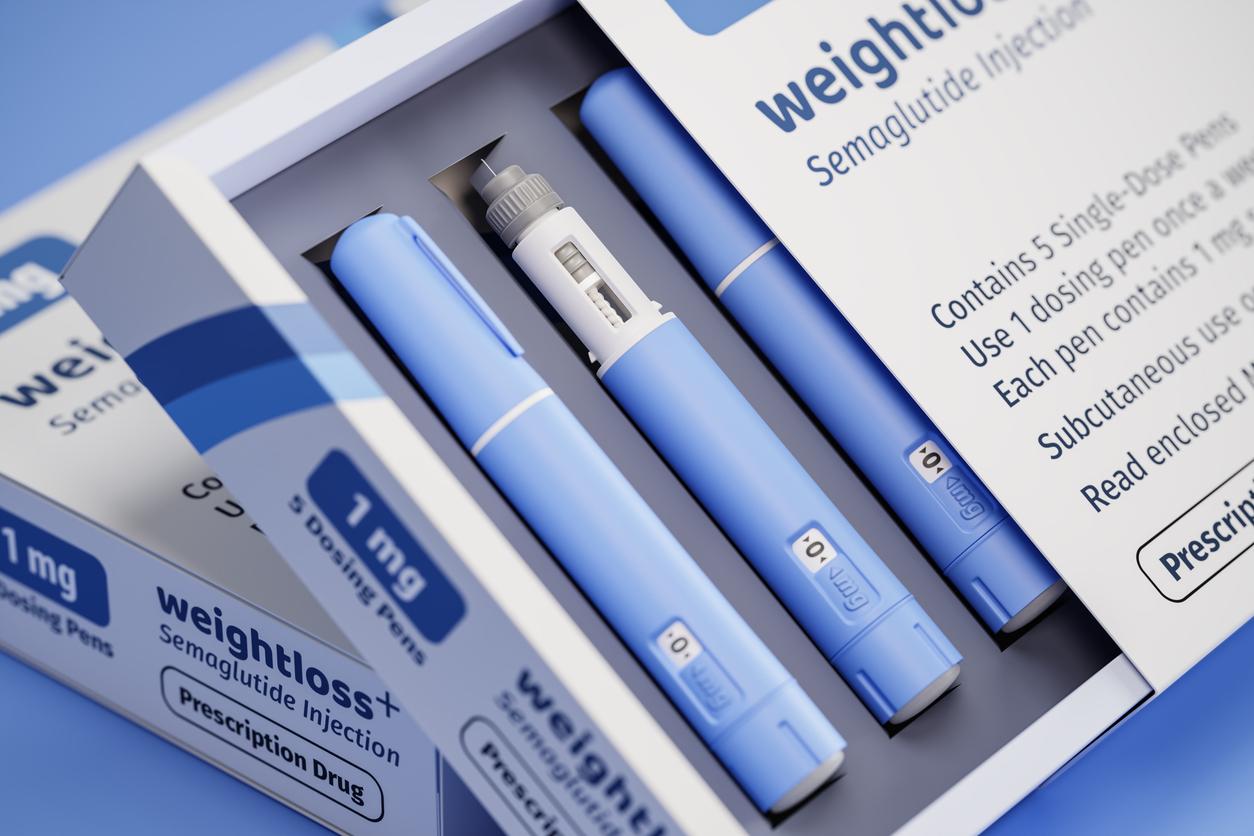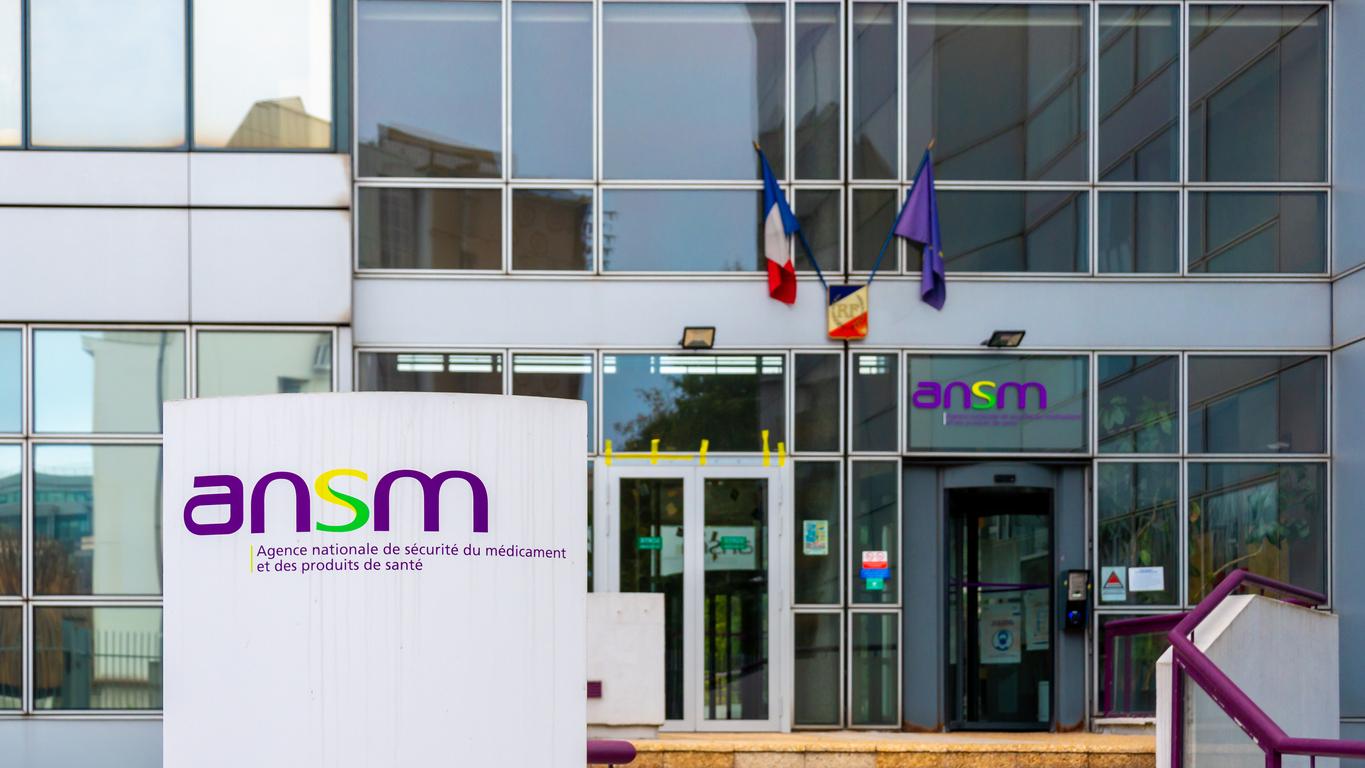For the second year in a row, the IUD increased in sales of various contraceptive methods. An evolution of practices largely linked to the pill crisis.

IUDs are no longer on the fringes of contraception and the business of new generation pills is no stranger to it. In its latest press release, the National Medicines Safety Agency (ANSM) noted a change in sales of contraceptive methods. Sales of copper IUDs have increased sharply: + 47% in 2012. It ranks first among “other devices” for contraception. Hormonal IUDs are also on the right track: their use has increased by 18% in one year.
Progress since the end of 2012
The progression is all the more positive as the IUD has long suffered from frozen representations. Before the 3 pill crisise and 4e generations, its use continued to decline. The Fecond survey, carried out in 2010 by the Institute of Health and Medical Research (INSERM), established its rate of use at 20.7% among the different methods of contraception. Its authors spoke of a “frozen contraceptive model”. It was mainly prescribed to elderly women (45-49 years old) who had had one or more children. A majority of women and healthcare professionals agreed that this method of contraception is not suitable for women without children.
Since 2004, the Haute Autorité de Santé (HAS) has been campaigning for the use of intrauterine devices (IUDs) at all ages, including in childless women. Until then, the message had struggled to impose itself in people’s minds. But the 3 pill crisise and 4e generations seems to have given an unprecedented boost to IUD sales. Already in October 2013, the ANSM reported a 45% increase in sales between December 2012 and August 2013, just after the controversy over micro-dosed pills. We noted a good progression among young women (20-29 years: + 47%) and in all age groups.
But most of the work remains to be done: to convince health professionals. As reported by the ANSM inventory, gynecologists are still reluctant to prescribe the IUD to women without children. The 30-39 age group represented almost half of the market in 2012, compared to 2% for the 15-19 age group.
.















